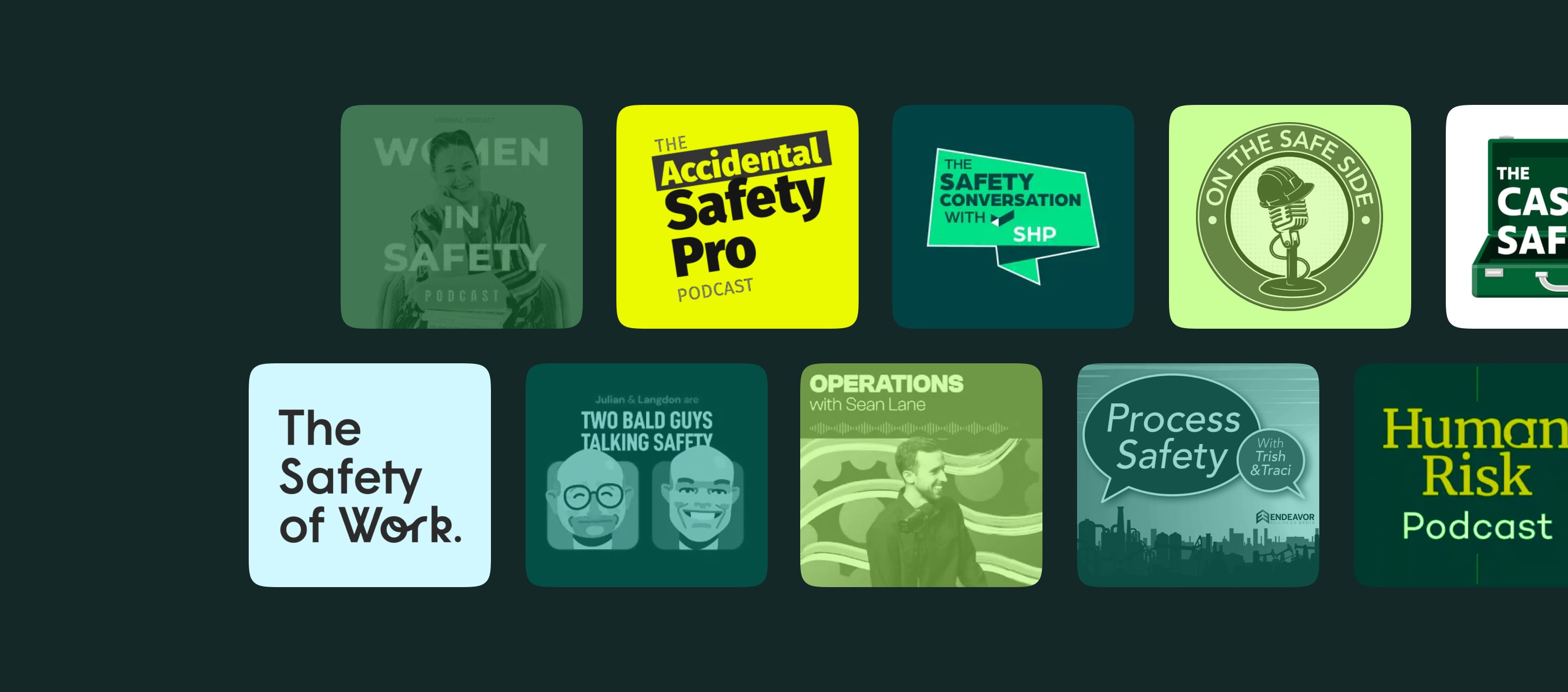According to the National Safety Council, work injuries cost $167 billion, with $47.4 billion covering wage and productivity losses, $36.6 billion in medical expenses, and $57.5 billion in administrative costs. Remaining expenses include employer’s uninsured costs, property damages, and fire losses.
Safety management isn’t a holy grail. It can’t remedy all financial losses. But it can reduce them, especially through effective communications and using the right workplace safety software.
Contents:
- What Is Safety Communication?
- 9 Tips for Successful Safety Communication
- 1. Clarity Is King
- 2. The Goal Is a Dialogue, Not a Monologue
- 3. Build Trust Through Transparency
- 4. Personalize Messages for Maximum Impact
- 5. Use Technology for Engagement
- 6. Empower Managers as Communication Champions
- 7. Share the Vibe, Not Only the Knowledge
- 8. Prioritize Psychological Safety
- 9. Track, Measure, and Adapt
- Building Better Safety Communication with Fluix
What Is Safety Communication?
Safety communication is any form of communication (verbal or written) that relays information about organizational safety guidelines, potential hazards, and safety protocols.
Effective communications aim to reduce accident risks by informing your workers of potential on-site hazards or risks. They are the cornerstone for building a safety culture because all safety responses and assessments stem from this exchange of information, including risk mitigation and incident reporting.
Communication, specifically regarding safety, serves a dual function. First, it relays information to workers to inform and protect them from potential safety hazards or risks. Second, safety messaging can help ensure regulatory compliance in the workplace.
As an ops manager, you may use several formats to deliver safety information. While not an exhaustive list, some of the most common communication forms include:
- Safety manuals
- Safety briefings
- Safety visuals (signs, posters, or videos)
- Electronic communication (emails, newsletters, or websites)
9 Tips for Successful Safety Communication
Communication and safety are siblings. But their adoption in the workplace is becoming more complex with the adoption of remote workforces and flexible schedules. Using outdated communication methods may lead to delayed hazard reporting, leaving people feeling confused and disconnected.
And safety awareness programs cannot afford confusion. To overcome it, we suggest you focus on these nine communication strategies.
1. Clarity Is King
Clarity is non-negotiable when dealing with safety, and its main purpose is to limit misunderstandings.
Clear language. Simple words. Short sentences and digestible paragraphs. Visuals. Bullet points and lists. Your messaging should be designed for easy digestion and navigation. And depending on your location and workforce, consider providing translations for your recommendations.
Accessibility is also necessary and not merely as a compliance requirement. All communications regarding safety should account for visual, hearing, and cognitive impairments. Some possible accessibility solutions may include:
- Screen readers
- Captions and transcripts
- High-contrast signage
- Plain language
2. The Goal Is a Dialogue, Not a Monologue
Safety communication is not a one-way street; it requires a dialogue. It is not enough to give workers information; you must also ensure they have access to feedback and reporting channels.
By ensuring employees have avenues for responding to safety information, reporting safety concerns, and offering suggestions, a company empowers its people.
To bolster this open communication, you need to focus on encouraging participation by celebrating it and thanking those who share their ideas.
3. Build Trust Through Transparency
Safety training is important but only one aspect of a safety culture or communication plan. If you want safety practices to work, you must cultivate trust. While there are several ways to develop trust, transparency is one of the most effective ones.
Explaining the “why” behind specific decisions is always a good way to improve transparency in communications about safety protocols and practices. Not to mention, a great way to implement them.
Sometimes, safety instructions can alter worker actions, which can hinder productivity. By presenting the “why” of certain choices and allowing workers to understand the rationale behind them, they are often more eager to adopt the new practices.
4. Personalize Messages for Maximum Impact
To improve safety communication and message reception, it is necessary to focus or tailor communications to those most affected. General safety messages may feel irrelevant to specific departments and be ignored. By tailoring safety messages to specific departments and job roles, companies can improve follow-through, making safety feel like more than a job requirement and more like a personal priority.
5. Use Technology for Engagement
Companies don’t need to limit safety communication in the workplace to traditional mediums like signs and printed newsletters. Today’s workforce uses tools that can help streamline safety correspondence and communications.
For example, you can use interactive training platforms like Fluix to provide safety training and hazard updates. Fluix is a cloud-based platform that uses mobile connectivity to ensure messages get delivered in a timely fashion.
See How Much Paperwork Is Really Costing You
6. Empower Managers as Communication Champions
While communication technology and worker engagement are crucial aspects of creating a safe work environment, businesses cannot overlook the importance of management.
Managers, be it safety officers or on-site instructors, handle day-to-day communications that play a vital role in safety and the successful implementation of a safety culture. To ensure they up to the task, companies must invest in essential skills training, specifically:
- Clear communication strategies
- Active listening
- Empathetic responses
- Conflict resolution
7. Share the Vibe, Not Only the Knowledge
Safety is not an afterthought. Organizations should incorporate safety messages into everything, from regular meetings to toolbox talks.
Encourage safe practices by celebrating milestones and even gamifying training. Continuous reinforcement of proper procedures and hazard prevention helps safety become ingrained in the corporate culture.
8. Prioritize Psychological Safety
IT often depends on how receptive employees are to change and instruction — fear, blame, and ridicule can diminish the receptiveness and eagerness of participation in safety programs.
Companies can improve safety communication and behavior-based safety performance by prioritizing psychological safety, meaning focusing on the mental well-being and comfort of employees in the safety process, including through reporting channels.
It won’t be a surprise if we tall that employees who feel safe are more open to suggestions and willing to participate in changes.
9. Track, Measure, and Adapt
Safety is more than a dialogue. Track key safety metrics like hazard reporting, training completion, and incident rates to understand what’s working and what isn’t.
Use tools, from spreadsheets to specialized work safety software, to collect and visualize safety data effectively. Regularly review your findings and be prepared to adapt your communication strategies based on the evidence.
Building Better Safety Communication with Fluix
Safety communication depends on a clear and easy-to-use channel. Fluix is that channel.
Fluix is a field productivity tool that can simplify your safety management processes. With safety talks, training features, real-time updates and automated alerts, we can ensure that critical information is being effectively communicated and understood by your people.
And by integrating Fluix with Slack, Microsoft Teams, Asana, or any safety management systems (SMS) you’re using, you’ll facilitate cross-channel communication.







